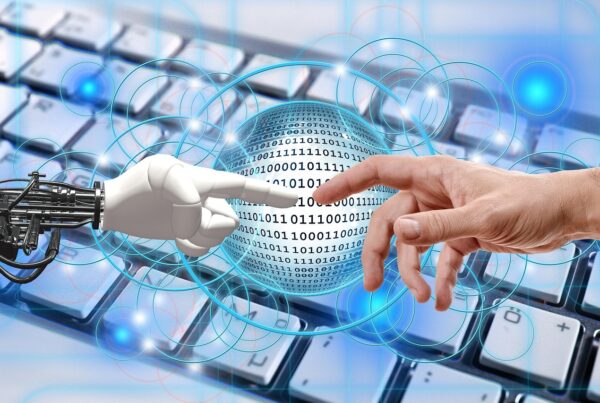#AI@Work: 24/7? I Want it Now! What is Real?
Personalized learning has become more available because of technologies. Until recently, independent learning was not linked to technologies. Research, done in the early 1960s, supports that we relate to screens on a one-to-one basis. Learning models like “apprentice and mentor” stress one-to-one relationships. Many technologies in the last few decades target learning outcomes. Learning can be customized with preferences and progress. Monitoring learner behavior can help the instructor as well as the learner. Each can progress at a pace that is comfortable and effective. Individualized learning adds flexibility. It adapts to each learner. It tries to recognize different learning styles, cognitive skills, preferences and differences.
In traditional classrooms learners are grouped by level. The instructor changes content and approach based on skills and preferences. Moving forward system designers will do this. They will make learning environments immersive and real. There will be more connection between platforms. More functions will be tailored to specific content. Intelligent adaption can and will help to facilitate the learning process. Innovative learning is flexible. Learner centered environments are based on monitoring progress, preference and using learning science (Al-Hudhud, 2012).
Chatbots and Personal Assistants are software applications that are developed to mimic human conversation. Their purpose is to connect with a real person. Chatbots are springing up everywhere. From healthcare to human resources, a bot is there to help. The intent of these technologies is to simplify the conversation between computer and human. Their first area of impact was in customer service. They have the ability to both track conversations and impart information. These technologies play an increasing role in customer service and as support.
The Internet brought expectations of 24/7 answers. These new expectations include immediate, personalized, and accessible responses. We expect a response regardless of the time of day. Based on rules, bots have become economically accessible and easy to build. These technologies simulate human language. They are built to use informal styles and have their own personality. They can also understand written and spoken language. And they can interpret its meaning. In AIEd, these technologies usually show up as tutors. They assist learners with various tasks and create interactions.
#AI@Work, #WFH, #Virtual Touchpoints, #ThePajamaEffect, #The Visual Connection, #BobbeGB, #BobbeBaggio, #Touchpoints, #Remote Workplace, #WorkFromHome, #PJEffect, #LinkedInNewsLive





